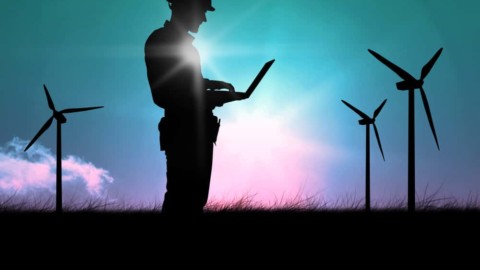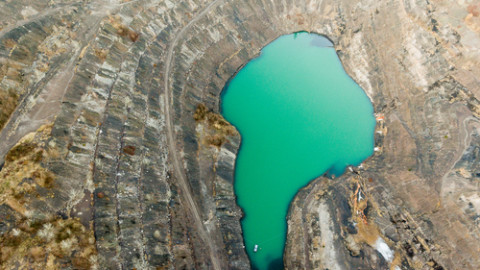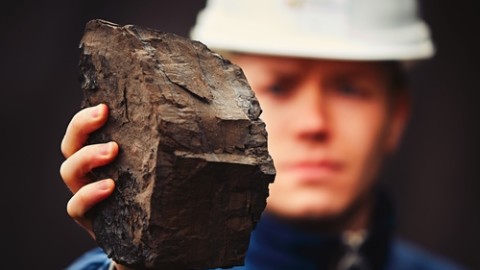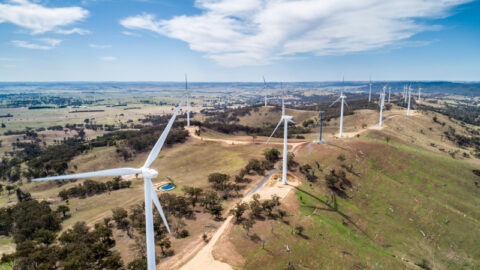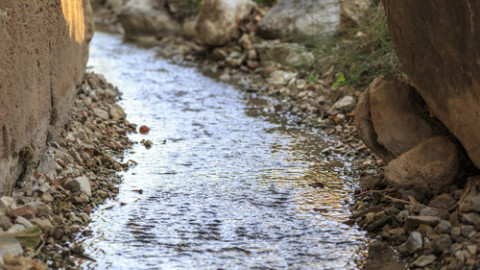The Federal and Tasmanian Governments have announced a new deal to secure the first cable of the Marinus Link, including a new equity split, driving economic growth and putting downwards pressure on prices across Tasmania and the national East Coast grid.
Marinus Link will unlock renewable energy generation and storage for the mainland through Tasmania’s Battery of the Nation projects, and unlock the next wave of renewable energy development in Tasmania, attracting investment and jobs in the state.
But the project is competing in a global market with tight supply chains and is facing similar inflationary pressures to other major energy and infrastructure projects around the world.
In recognition of this, the Federal and Tasmanian Governments have worked closely to ensure the project continues, with the following amendments to the original Marinus Link agreement:
- The project will be focused on one cable in the first instance, with negotiations to continue on a second cable, to be considered after FID on cable one. AEMO ISP modelling finds the majority of the benefits from Marinus Link are realised from the first cable – close to two thirds. In addition, Tasmania will also get an added energy security benefit from cable one, providing critical redundancy for Basslink.
- Working towards a delivery timeframe as close as possible to 2028, or earlier if possible, while still seeing a value for money and lowest cost outcome.
- Increasing the Federal Government’s equity share in a joint venture entity to 49 per cent, with Tasmania’s equity share to be approximately 17.7 per cent and Victoria’s remaining at 33.3 per cent, significantly reducing costs to Tasmania.
- Tasmania will have the option to sell its stake to the Federal Government upon commissioning of the project.
- Increasing concessionality of federal debt financing via the CEFC – subject to CEFC independent decision making and due diligence, delivering lower costs for consumers.
The Federal Government will also work with the CEFC to provide low-cost debt for the Battery of the Nation Project at Tarraleah, and for the North West Transmission Developments (NWTD), which will increase the capacity of the network in Tasmania.
Importantly, the updated agreement would significantly reduce the cost to Tasmanian consumers and the Tasmanian budget compared to our agreement 10 months ago, despite material project cost increases in the meantime.
Marinus Link’s latest cost estimates indicate that stage one of the project will cost in the range of $3-3.3 billion, which will deliver two-thirds of the economic benefits of the project. Based on the updated arrangements the Tasmanian Government estimates its investment to be $106-117 million.
Updated economic analysis from Marinus Link demonstrates that stage one is projected to deliver economic stimulus over $2 billion and over 2,400 jobs, with around 1,400 in Tasmania.
Adjacent to this, the agreement with Victoria will be revised to increase the concessionality of Commonwealth debt financing via the CEFC of the VNI West project, further lowering costs.
Federal Minister for Climate Change and Energy, Chris Bowen, said that this is a game changing project for both Tasmania and the mainland and this updated agreement will not only deliver the benefits of Marinus Link, it will be cheaper to Tasmanians.
“The Federal Government’s commitment is a win-win-win – for Tasmanian consumers, for Tasmanian energy security and to put downwards pressure on energy bills,” Mr Bowen said.
Federal Minister for Housing, Homelessness and Small Business, Julie Collins, said that this commitment shows that the Federal Government will always back Tasmania.
“We will always work hard to deliver vital investments and major projects to secure Tasmania’s future,” Ms Collins said.
Tasmanian Premier, Jeremy Rockliff, said that this is a great outcome for Tasmania.
“It will mean jobs, economic growth, energy security and lower power prices with Tasmania investing its fair share and no more.
“I’m very pleased we’ve been able to land this on the right side of our line in the sand. I want to thank the Prime Minister and his Minister for Climate Change and Energy for coming to the table and working with us to achieve this outcome.”
Tasmanian Minister for Energy and Renewables, Guy Barnett, said that Marinus is crucial to unlocking new renewable generation in Tasmania and brings with it growth in industry, assists with new developments and jobs and helps more Tasmanians electrify.
“This agreement is a big win for Tasmania. It means we can continue to progress the project toward making a final investment decision in 2024, while ensuring Tasmania is only paying its fair share.”
Marinus Link has welcomed the new deal struck between the Tasmanian and Australian governments to take the project forward.
Marinus Link CEO, Caroline Wykamp, said the announcement was a signal of confidence for the project, which stood to deliver significant environmental, economic and social benefits.
“Marinus Link is more than an interconnector; it’s an enabler,” Ms Wykamp said.
“This project will deliver more renewable generation development in Tasmania and the mainland, more energy security to both Tasmania and the mainland and more movement and access to lower-cost renewable energy sources, helping deliver lower energy costs in the long term.
Ms Wykam said that the first stage of the cable, which is being prioritised while negotiations continue for the second stage, will deliver 75 per cent of the gross market benefits and more than 60 per cent of the economic benefits.
“On behalf of the project team, I want to acknowledge the commitment of the Australian, Tasmanian and Victorian governments to progress this nationally important project.”
Marinus Link is currently undertaking a global tender process for HVDC cables and converter stations as it works towards a final investment decision by the end of 2024.
Hydro Tasmania welcomed the announcement of the deal and is proposing to redevelop the Tarraleah Power Station, breathing new life into the 85-year-old scheme. The preferred redevelopment option will generate 30 per cent more energy from the same amount of water and deliver an additional 100MW of peak capacity (190MW in total).
Hydro Tasmania has said that it will also make the scheme more flexible, able to start generating almost at the flick of a switch, which will be critical in a future energy system with significant wind and solar resources, allowing hydro power to fill the gaps when the sun isn’t shining, and the wind isn’t blowing.
A preliminary business case has identified the preferred option for the redevelopment with an early estimate of around $1.05 billion. Hydro Tasmania is now preparing the full business case with detailed cost estimates. A final investment decision is planned for late 2024.
A second flagship project aimed at maximising the state’s hydro capacity and supporting the national transition to renewable energy is long duration pumped hydro at Lake Cethana.
Hydro Tasmania CEO, Ian Brooksbank, said the projects would deliver jobs, energy security and economic growth for the State.
“A century ago, our hydro pioneers set the state up for economic success with a bold vision for homes and industry powered by clean, green energy,” Mr Brooksbank said.
“Marinus Link and redevelopment of Tarraleah will underpin economic growth for another century to come. Today’s announcement is a good outcome for Tasmania and for Tasmanians.”
Mr Brooksbank said Tasmania had a head start over mainland states when it came to renewable energy infrastructure, but significant investment was needed to meet future demand.
“Electricity consumption in Tasmania is set to almost double over the next 30 years, with our lives and our businesses undergoing rapid electrification.
“We need new sources of renewable energy, more efficient hydro infrastructure, more flexible capacity, and more transmission if we are to meet the energy needs of a modern, low-carbon economy.”
Mr Brooksbank said that its proposed projects, together with Marinus Link and new wind developments, would drive growth in new and existing industries and deliver more jobs for Tasmanians.
“Marinus Link is the linchpin. It will attract the new wind developments needed to meet the future energy needs of Tasmanians and industry, and it will deliver the energy security needed for business confidence.”



